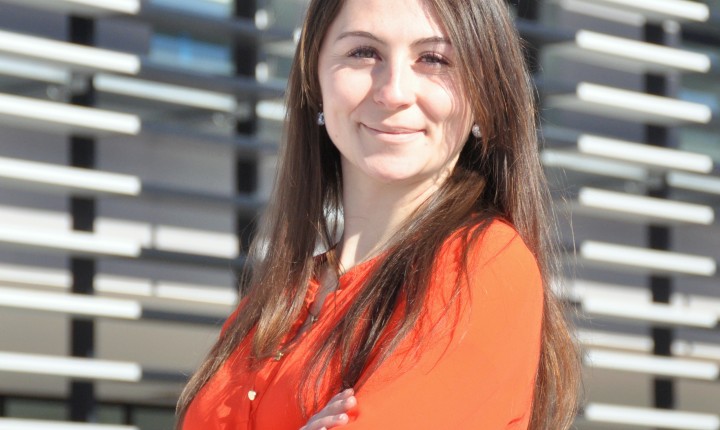Dose-effect of physical activity: influence and relationship with autonomic nervous system and force-velocity profile in coronary patients on cardiac rehabilitationThesis by Marie Fanget
Supervisors: Pr Frédéric ROCHE , Dr David HUPIN & Pr Thierry BUSSO
The autonomic nervous system (ANS) is a component of the peripheral nervous system that regulates involuntary physiological processes including heart rate and blood pressure. It contains two anatomically distinct parts: sympathetic and parasympathetic nervous systems, which act in opposite ways.
Activation of the sympathetic nervous system leads to a state of overall elevated activity and attention: the “fight or flight” response. Sympathetic activity is associated with an acceleration of the metabolism (heart rate and blood pressure rise). The parasympathetic nervous system promotes relaxation-related responses; decreasing heart rate and blood pressure.
Among the techniques used to evaluate the ANS, heart rate variability (HRV) emerged as a simple, non-invasive and easy to apply tool. HRV is the variation in the time interval between two consecutive heartbeats (R-R interval). High variability is an indicator of health as it reflects the body's ability to adapt to physiological changes. HRV is relevant for the optimisation of training sessions, recovery phases and for detecting periods of overload in athletes.
The force-velocity profile (FVP) is another parameter which can be used to optimise the training. Muscular power, which is important for performance in many sports, is characterised as the product of force and velocity. The linear force-velocity relationship determines whether an athlete has a force or velocity deficit. Thus, FVP can be useful in individualising the content of an athlete's training sessions to improve performance.
Optimizing the training program is constantly sought in cardiac rehabilitation. The objective for active patients is to regain their place in society and for older persons is to maintain their autonomy.
No studies have investigated the analysis of ANS and FVP in those patients. We hypothesise that:
♦ ANS and FVP could be useful tool for cardiac rehabilitation, optimizing sympathetic-parasympathetic balance and force-velocity balance, respectively.
♦ In addition, FVP would allow us to identify more precisely the loss of muscle force production capacity.
In addition, we aim to determine the dose-effect of physical activity in the coronary patients via mathematical modelling. This would make possible to highlight the reactivation of the parasympathetic system.


 Université Jean Monnet
Université Jean Monnet